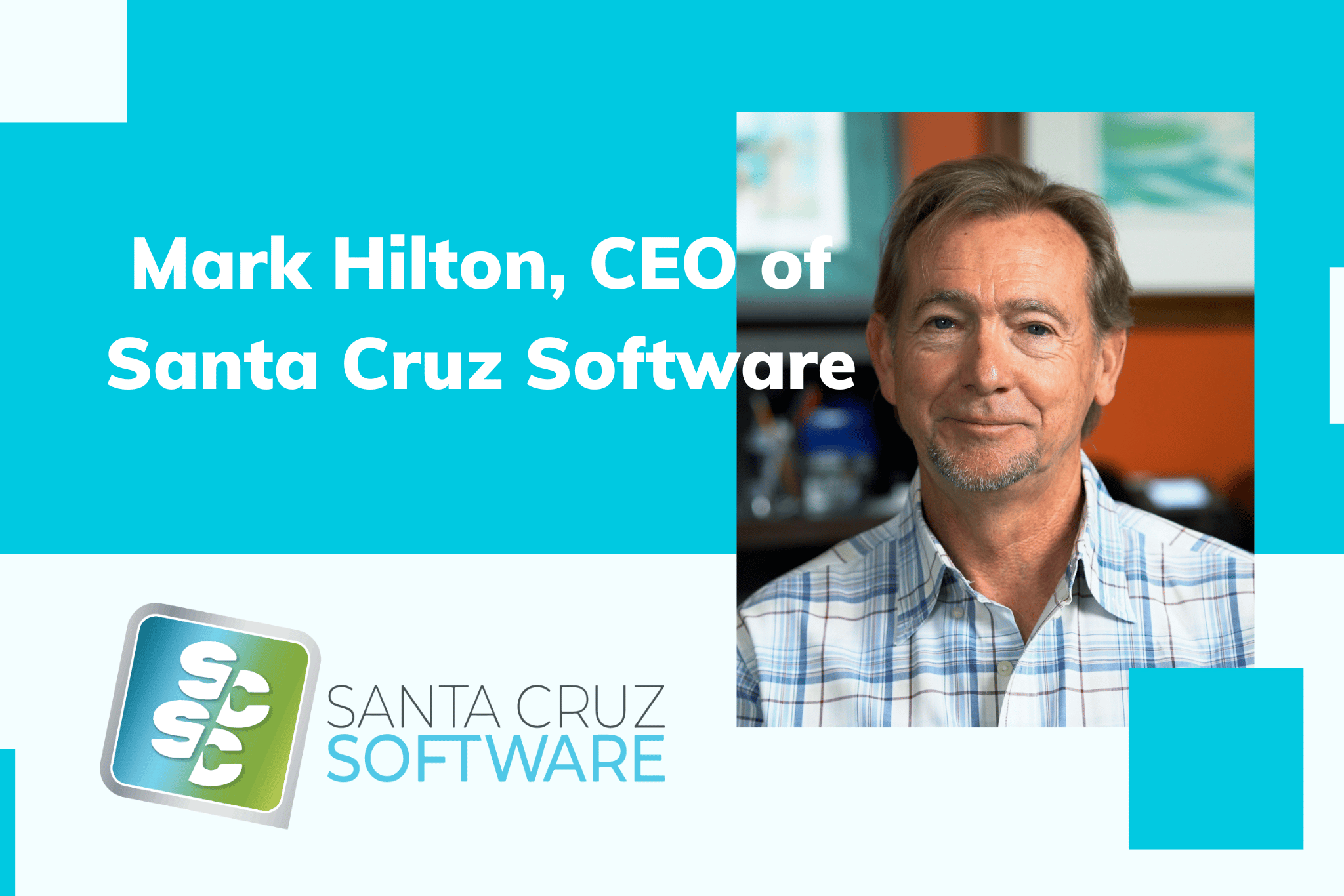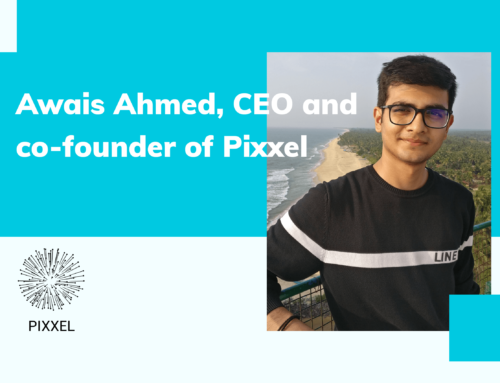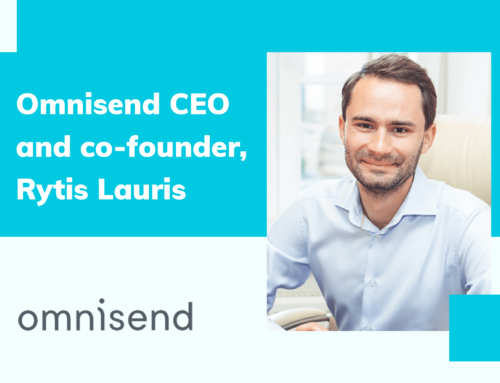Today we publish an interview with Mark Hilton, Co-Founder & CEO of Santa Cruz Software.
With over 30 years of experience in a variety of senior and executive business, product, and marketing management roles in the software and Cloud services for consumer through enterprise customers, he has led global teams in bringing award winning and market leading products and hosted services to market.
He and his teams excel in the development of customer and company-focused visions, championing that vision throughout an organization, and then delivering innovative, successful, and highly profitable products with relentless customer focus.
The bottom line? Growing businesses, driving increasing product and service revenues, building passionate and motivated teams, and succeeding where others thought success was not possible.
You founded Santa Cruz Software in 2011, what inspired you?
Gabe Harbs had a friend who was looking to solve a problem related to reducing the bottleneck of customizing sales and marketing materials, and Peter Mierau and I were consultants. We got together to work on a solution for this one particular customer. That’s when we realized they were not the only company experiencing this problem. With our three backgrounds we realized we could put together something that was truly unique to the marketplace that was based 100% on Adobe technology and that resided in the cloud. We figured if we could build a product that empowered designers to solve the problem of maintaining brand compliance while simultaneously equipping the sales and marketing people with tools to edit their own materials using a web browser, then we would be onto something. Since our products are based on Adobe technology, the digital asset management (DAM) space found us and realized all their customers could benefit from our product and were already Adobe users, and the DAMs realized we were onto something.
What has been the biggest challenge you have had to overcome since founding the company?
The biggest challenge is that we are competing in a space where a lot of people are getting outside investment, but we decided we didn’t want outside investment and we really wanted to bootstrap this the entire time. For us it’s a question of how we manage cash flow as a startup. Without investors, we get to decide what we want to do and what we think is most important, but the flip side is that we are small and it takes time to grow. It is a challenge finding the balance of developing and rolling out products in a timely manner while simultaneously managing our cash flow.
How has the pandemic affected your company/industry/line of work?
In our industry, assets are stored in the cloud so that assets and projects can be accessed remotely. Before the pandemic cloud-based work was a nice-to-have. Now it is a priority for many companies to be cloud based so their employees can access information from home. Now, design work has become more distributed.
BrandingUI is a branded marketing portal. Can you tell us more about how it works?
BrandingUI is a turnkey branded marketing portal that is primarily used for accessing and creating customized marketing and sales collateral for pretty much any type of company in the world. The product simplifies the content creation process so anyone in the organization can have self-serve content customization. A company can use their in-house design team or outside agency to professionally design templates using Adobe InDesign. The templates then can be uploaded to the campaign portal. Once uploaded, the designer can choose which elements are unlocked for editing, so brand compliance is maintained even as other team members are empowered to make changes. Then, from a web browser, the templates can be made available to other team members anywhere in the world, restricting which team members see which templates. BrandingUI lets your design team focus on strategic creative campaigns after creating branded templates for partners, resellers, sales and field marketing to quickly create pre-approved email, social media or other campaigns on the fly. Set up is fast and easy. In one day, you can have your own fully-functional, branded collateral management system for secure online design and ordering with approval workflows and production email notifications.
How do your software solutions like BrandingUI change the way your clients work?
I would say its primary benefits are threefold. 1) BrandingUI gives sales and marketing people the material that they need when they need it, and they can customize as needed. This significantly speeds up the process of customizing and publishing content. 2) It provides the company with a fairly user-friendly solution because the designer can simplify things down to only allow the sales person or marketing people to edit only the exact areas they should be touching. It is also all based on Adobe technology, so designers will get the same quality output that they would from their own desktop. 3) On the designers side, they are freed from doing the mundane tweaking of things such as changing this word or adding this picture and instead can focus on what they love to do and what they are really good at, which is designing really impactful content and collateral.
What startups in the technology industry are you watching keenly right now?
We look at anybody that may be immediately competitive with us. For example we keep a close eye on CI Hub, which makes a DAM-to-app connector similar to our product LinkrUI. I think more importantly we look at edge startups, companies that are doing similar things to what we are doing in the design space, and we try to learn from them. Canva for example does similar things as us, but they are more of a consumer play whereas we are an enterprise play. Even so, we can learn what tools they develop for the consumer space that might be useful for our customers. We also have to look out for the consumer companies because at some point they might choose to go into the enterprise space. So we have companies that are our direct competitors; we have the ones that are sort of on the edge that we can learn from, but we also have to keep an eye on them because they might become a competitor in the future. The third category is startups. We look at companies that might be developing technology that would help streamline what we’re doing.





Posted by
Marina S Hi! I'm Marina, project manager for Luminary Chiefs. Here to help, post and make sure everything looks great for you.